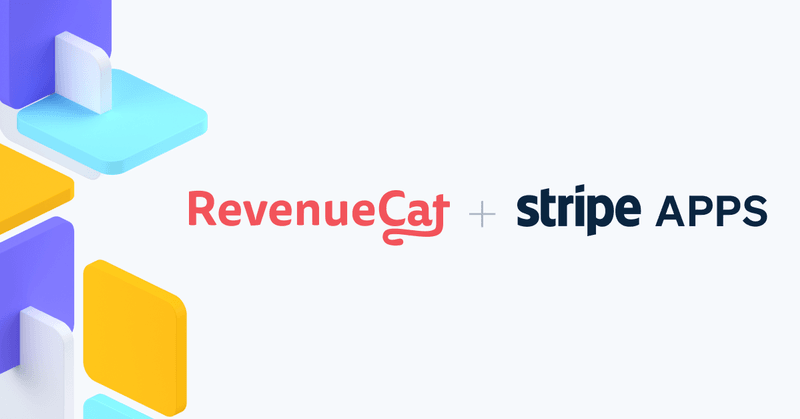Troubleshooting subscription billing issues is the bane of many a customer support team. It can be difficult to track down an individual customer’s full billing history and data. And that challenge becomes even more complex with cross-platform subscriptions, where the customer may have subscribed in one place (say, on the web via Stripe) but accesses the service somewhere else (like a native mobile app).
Simplifying cross-platform subscription billing is RevenueCat’s bread and butter, and now with Stripe Apps it is easier than ever for customer support teams and other stakeholders to view comprehensive subscriber data within Stripe. Our new Stripe app combines Stripe’s customer billing data with enriched data from RevenueCat.

Now you can see the “Last Seen App Version” and “Last Opened” timestamps — which RevenueCat automatically collects — alongside the customer’s Stripe details. Having quick access to this data can help support teams better assist customers who are using older app versions or have never even opened the app (in which case a refund might be in order).
In addition to the default data the RevenueCat SDK collects, you can use Subscriber Attributes to store additional data about your customers. This data is visible in the RevenueCat Stripe app and can help provide extra context to support teams as they make decisions about how to best serve each customer.
While seeing RevenueCat data within Stripe is helpful, there are still times when you may want to switch to the RevenueCat dashboard. When you want to do that, click one of the handy links to open RevenueCat to the right customer and context.
Keep in mind that the RevenueCat data that’s visible within Stripe is read-only — it isn’t merged in a way that allows you to filter Stripe data based on RevenueCat data.

